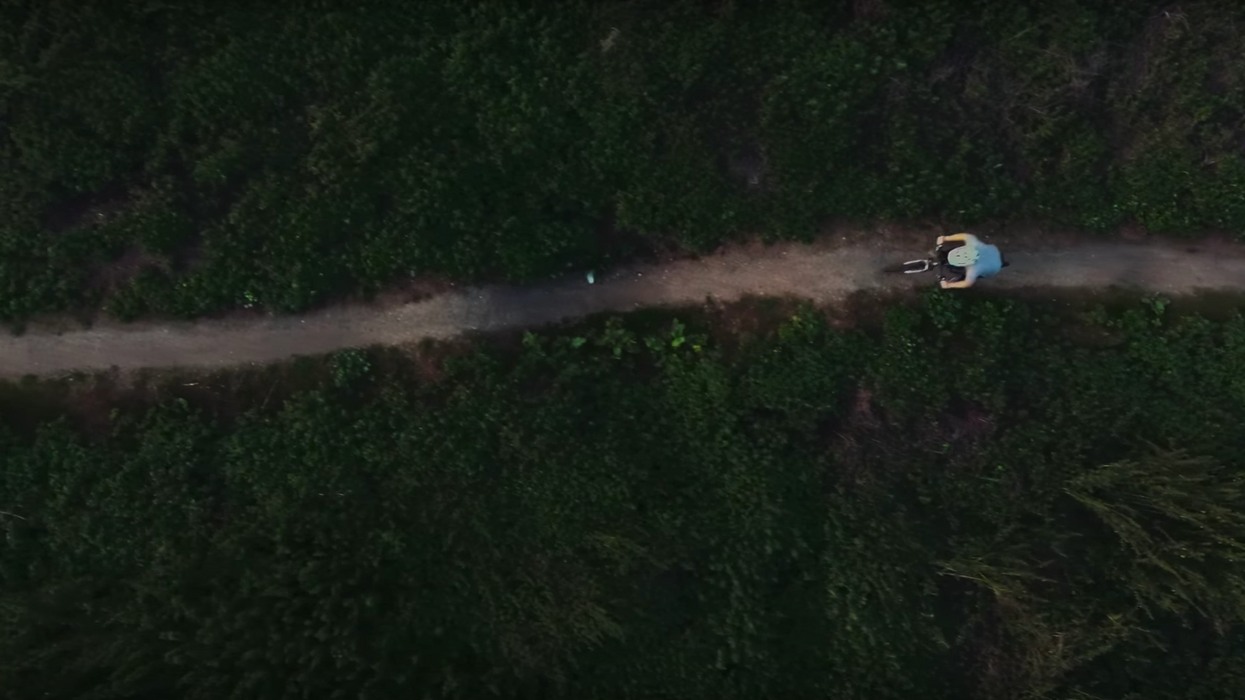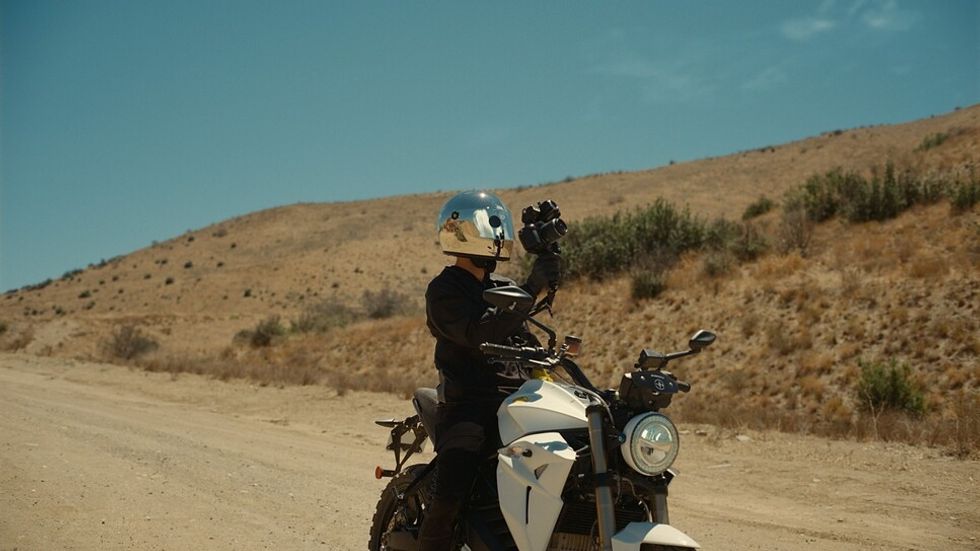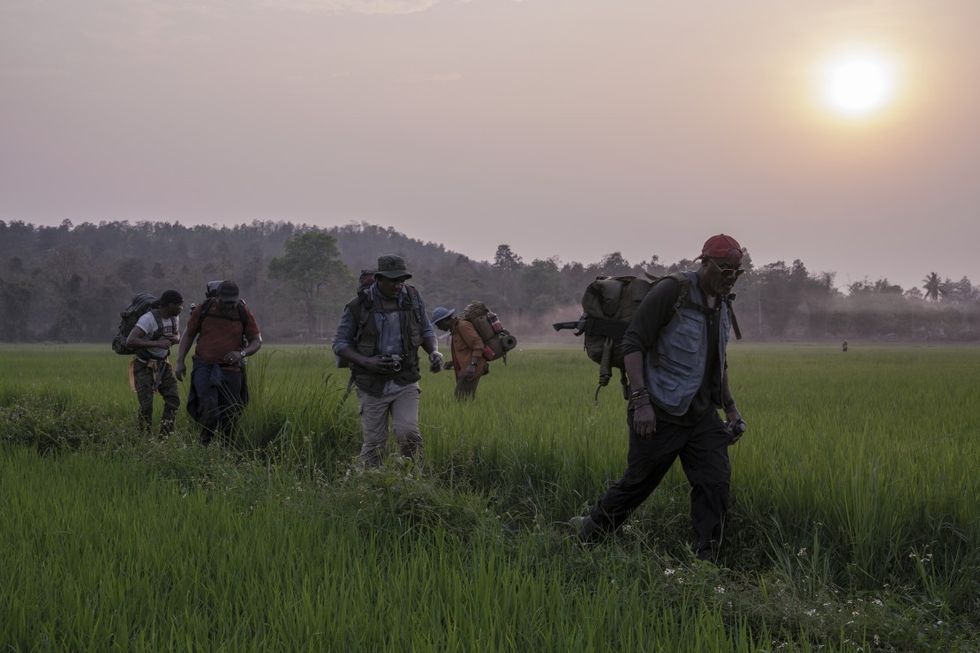Here Are 10 Things You Should Think About if You're Flying a Drone for the First Time
Ready to embark on your first drone flight? Here are some things you should know before you do.

Drones are wonderful, aren't they? They've essentially democratized aerial cinematography so poor schmoes like me can take to the sky and capture beautiful images without having to rent out a helicopter. But, before you take your shiny new drone out for a spin, Simon Cade of DSLRguide has a handful of tips that'll help you get great results and avoid crashing into a lake.
Here are Cade's tips:
- Fly in open spaces: If you're a beginner, you might want to avoid bodies of water and thick vegetation that don't require great skill and aerial acrobatics through which to manuever.
- Lighting matters: Always. Be aware of lighting when shooting from the sky.
- Save battery, plan ahead: Most drones only get you about 20-30 minutes of flight time, so make sure to plan your shots before you eat up all of your battery.
- Follow the rules: Now that there are drone regulations, be sure to bone up on them to make sure you're not breaking any laws, like flying in no-fly zones.
- Recording settings: Find the settings that optimize your drone for your project. Cade shows you his—maybe they'll work for you, too.
- Try a bunch of different shots: We've all seen those great aerial tracking shots, but maybe you should try capturing a variety of different camera movements that reflect your own cinematic style.
- Use drones for dynamic shots: Drones are great for high-energy pieces, like sports commercials, because you can move the camera virtually anywhere to capture anything at relatively high speeds. So, if you want energy, drones are a great way to go.
- Don't move if you don't have to: Conversely, just because you can fly around doesn't mean you should. If your story calls for a view of a wide space without a whole lot of energy, remember—a drone can hover.
- Get ideas from other films: There are plenty of gorgeous aerial shots from films (most of which utilized a helicopter instead of a drone) that you can get inspiration from. If you're just starting out and want to know what to practice shooting, watch a ton of films and take note of how the camera moves during aerials.
- Analyze aerial shots: In the same vein, analyze those aerial shots for their narrative significance, because, as we all (should) know, a beautiful shot is useless if it doesn't serve the story.
Another great thing about drones is that they're pretty easy to operate once you get the hang of it and put in some solid practice time. However, that's also not such a great thing, because in all of the excitement of rekindling your adolescent obsession with RC cars and planes (I had a RC Gravedigger monster truck), you risk forgetting the whole reason why you're out there shooting in the first place: to tell a story.
We see this not only with drones, but with gimbals, too—a hot new piece of gear comes out that allows users to do incredible new things with cinematography and pretty soon all we see for the next few years are images that aren't really anchored to the narrative, gorgeous though they may be. (The first analogy that comes to mind to describe this is me plucking my eyebrows for the first time my freshman year in high school—excitement over something new and cool leads to—no f***ing eyebrows and a school portrait that doesn't reflect who I was at all. In fact, I should probably sell copies of it with "Story is King" written on it to give myself a monthly eyebrow threading stipend. But I digress..)
So, choose your shots wisely. Don't use a drone just because you have one and don't move your drone just because you can. Figure out what your story needs first, then decide whether or not a drone can give you those results.
Source: DSLRguide























